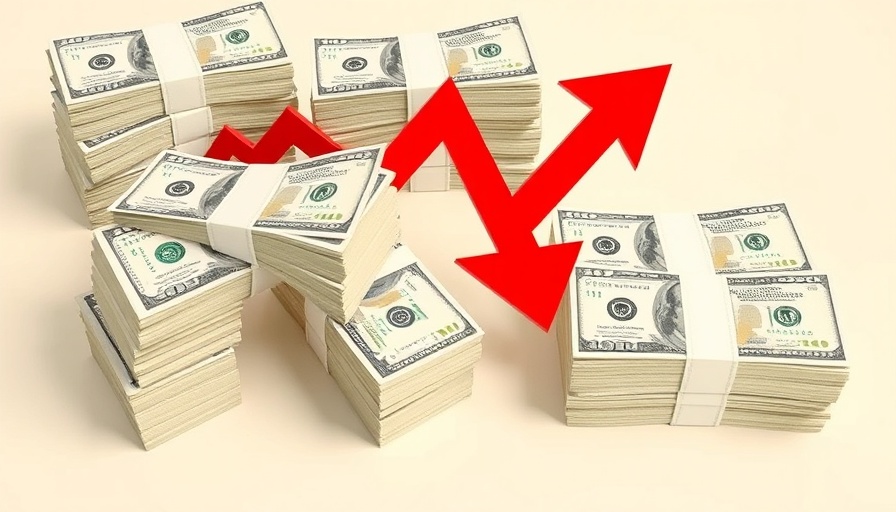
What Led to Plenty’s Bankruptcy Filing?
After nearly a decade of ambitious ventures in vertical farming, Plenty has officially filed for bankruptcy. The South San Francisco-based company, known for its innovative approaches to agriculture, announced its Chapter 11 filing and has secured $20.7 million in debtor-in-possession financing to aid its restructuring efforts. Despite raising close to $1 billion since its inception in 2014 from prominent backers like SoftBank and Jeff Bezos, the financial strain became untenable.
The Broader Landscape of Vertical Farming
Plenty's bankruptcy is amid a wider crisis in the vertical farming sector, which has seen major players like Bowery Farming and AeroFarms also fall into financial distress. The market has struggled with high operational costs and competition from traditional farming methods, leading to skepticism about the scalability and sustainability of urban agriculture.
Investors’ Response to Vertical Farming Challenges
Investors have shown a cautious outlook on vertical farming technologies, given the alarming increase in bankruptcies. After a rush of enthusiasm for agtech, the reality of the market has hit home, prompting a reassessment of business models and operational practices across the industry. This scrutiny will likely drive innovation in efficiencies and reduce wasted resources.
Future Projections for Vertical Farming
While Plenty aims to keep its strawberry farm in Virginia operational, the future of vertical farming remains uncertain. As companies fight for survival, industry leaders must rethink their strategies to attract ongoing investment. Continuous focus on technology, cost management, and consumer demand will be critical to overcoming present hurdles.
 Add Row
Add Row  Add
Add 




Write A Comment